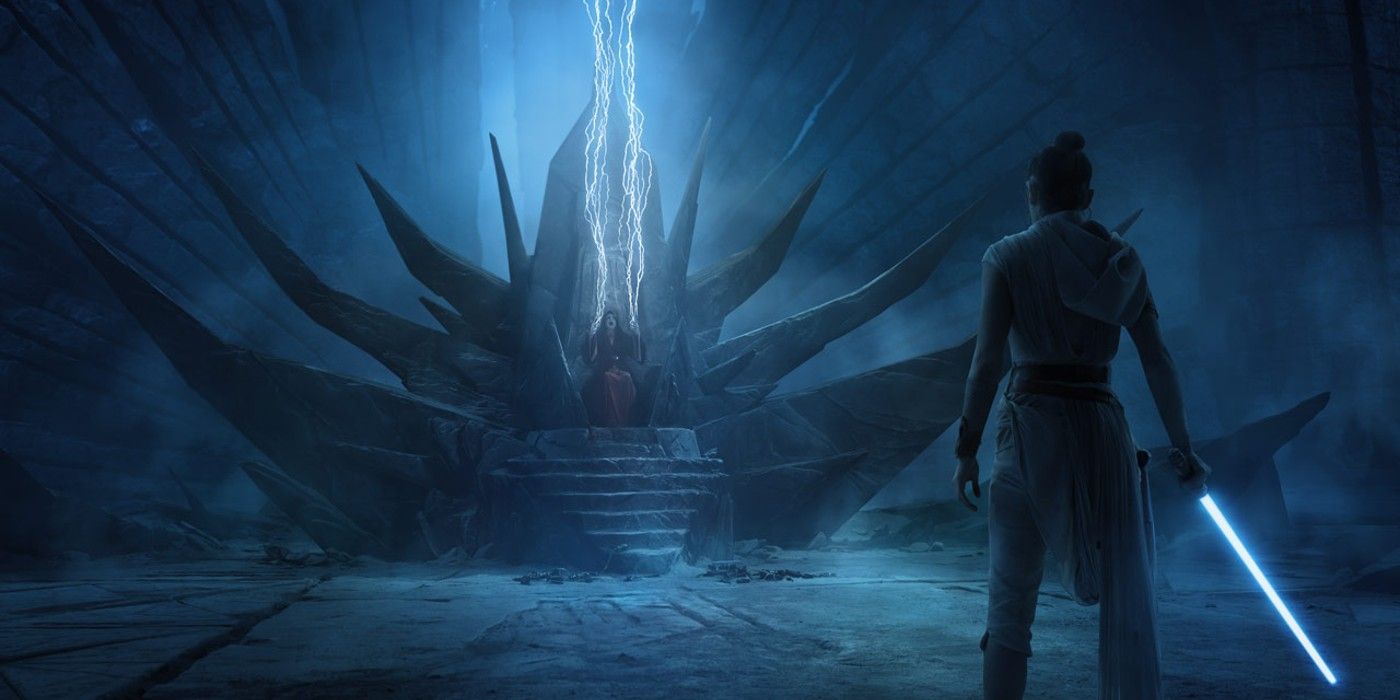Star Wars: The Rise of Skywalker introduced the Sith redoubt of Exegol - and tie-ins have gradually explained why it is more important to the Sith than even their homeworld, Moraband. Writers Tom Veitch and Kevin J. Anderson were the first to come up with the idea of entire worlds that had fallen under the sway of the dark side, and they introduced the Sith homeworld, a planet they called Korriban. George Lucas liked the idea - not least that the dark side had rendered this entire world barren - but he decided the name was a little too similar to "Coruscant," and so when he introduced the Sith homeworld in Star Wars: The Clone Wars he renamed it Moraband. Still, the Disney era has made both names canon, confirming Korriban is an old name for Moraband.
Moraband was clearly of real significance to the Sith, but surprisingly Star Wars: The Rise of Skywalker revealed it probably wasn't the most important. Rather, that distinction seems to belong to the Sith redoubt of Exegol, a planet concealed in a box system in the depths of the Unknown Regions. As seen in Star Wars: The Rise of Skywalker, Exegol was the site of an ancient towering Sith throne, suggesting the Sith expected to rule the galaxy from Exegol. Lucasfilm Publishing's recent book Secrets of the Sith takes things one step further, establishing that the Doctrine of the Dyad - a legend the Sith believed would enable them to conquer death itself - was inscribed into the walls of the citadel on Exegol. But why was Exegol so important to the Sith?
The Sith covet power, and there is one power they long for more than anything else; the ability to conquer death itself. George Mann's Star Wars: Dark Legends reveals that Exegol was a unique world, a vergence in the Force where the veil between life and death is thin. Any Sith Lord who sought immortality would inevitably be drawn to Exegol, meaning anyone who sought to become the supreme Emperor of the Sith would make their throne there, hoping to take advantage of the vergence in order to ensure their rule never ended. The location of Exegol seems to have been lost, with Chuck Wendig's novel Aftermath: Empire's End revealing Palpatine's meditations led him to sense its existence in the Unknown Regions. As recounted in Secrets of the Sith, when Palpatine rediscovered Exegol he sent his most devoted acolytes there to claim the world and find a way to resurrect him should he ever be slain.
Moraband, or Korriban as it is sometimes called, was the ancestral homeworld of the Sith; but every Sith Lord who sought immortality sensed Exegol would be the key to their future. Countless Dark Lords of the Sith centered their empires on Exegol, and Palpatine was the last of these. His acolytes did indeed succeed in drawing his spirit from the netherworld of the Force, and implanting it within a clone body; but the process proved unstable, for a clone could not contain the infinite reservoir of the dark side Palpatine had become. It was not until the Emperor met his granddaughter Rey that he believed he had found a suitable host; and then, to his delight, he realized she was part of the Sith's coveted Force Dyad. At that moment, the Emperor must have believed all the prophecies of the Sith had aligned themselves for him - but, in the end, the foretold Dyad was the destruction of the Sith, not its trimph.
There is a dark irony in this. The Sith had left Moraband looking for a future in which they would rule the galaxy, but in the end all their efforts were destined to lead to their destruction. It is telling that, according to Secrets of the Sith, Palpatine never returned to Moraband; he never looked at the place the Sith had come from stripped of life and symbolic of the doomed future of the Sith themselves. Even if he had done so, however, the greatest villain of Star Wars lacked the wisdom to question his own dark ways.


